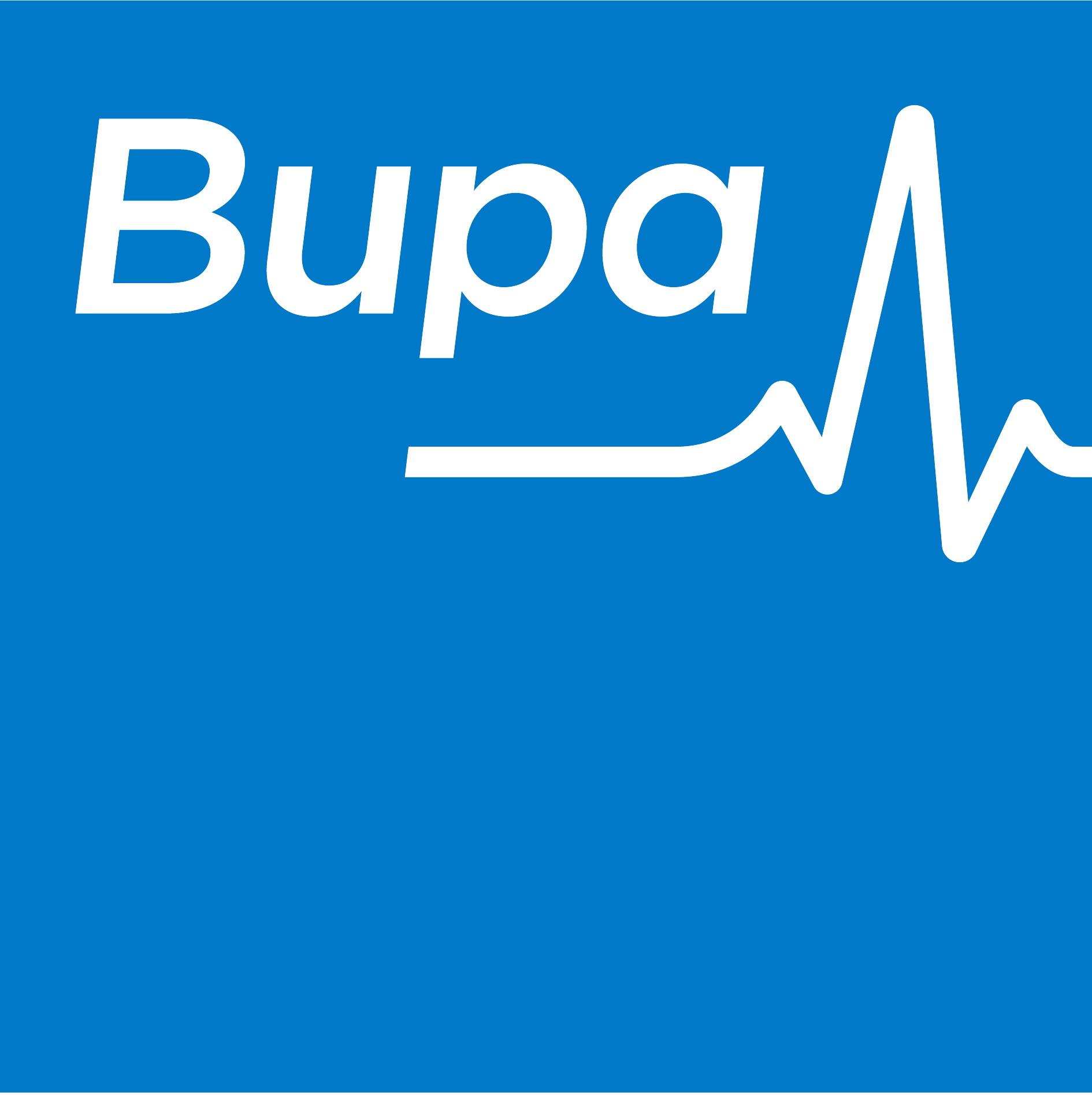Some with these conditions will have been diagnosed, others won’t. Some people with these conditions regard them as a disability, others don’t.
What remains indisputable is that cognitive diversity and neurodiversity boosts creativity and innovation, which is directly correlated to improved business performance.
The key for businesses and managers is to first seek to gain a much deeper understanding of how difficult it can be for the neurodiverse to fit in and fulfil their true potential.
Opening up the neurodiversity conversation in recruitment
D&I Clinic: Supporting colleagues with ADHD
Why firms are embracing neurodiversity
So how can organisations overcome barriers and unlock the vast potential of their neurodiverse talent? Here are some points to consider.
Spot the signs of masking
Those who are neurodiverse will often ‘mask’ their true selves to fit in. They may stop themselves from stimming – exhibiting self-stimulatory behaviour, such as rocking back and forth while sitting or standing – because they are concerned of what neurotypical colleagues might think, or making eye contact when it’s uncomfortable to.
These are just two examples of stressful masking tactics used because of the pressure to conform to typical neurotypes in the workplace.
Create the right environment
Offering the option of sometimes working from home will help ease the pressure of ‘masking’.
When in the office, these employees need the right conditions to thrive, for example ensuring that there are enough quiet spaces for them to focus. Providing and allowing the wearing of headphones, can eliminate noise and thereby accommodate their sensory needs and help to reduce distractions.
Offer performance review training
Managers should be trained in how to make the necessary adjustments during the performance review process, so that there is limited subjectivity that could lead to discrimination.
Neurodiversity should also form part of diversity training in the same way as unconscious bias so that co-workers can become more educated. This builds greater empathy around the needs of those who are neurodivergent.
Raise awareness of neurodiversity
Having a strong diverse and inclusive culture is also fundamental. Establishing employee resource groups (ERGs) is a great way to foster a sense of belonging and community.
It’s important for people to know they’re not alone. To further promote internal awareness, companies can organise events where the neurodiverse can share their experiences at work and in other parts of their lives.
So, look out for ‘masking’, create the right environment, train your managers on how to carry out performance reviews and raise awareness of neurodiversity (both to your existing employees and externally during the hiring process).
Start working on these points and you can reap the many benefits of having a more neurodiverse workforce – especially in today’s tight labour market when finding and retaining the right talent is so critical.
A final damning statistic with a silver lining: latest ONS estimates revealed that only 29% of autistic people were in employment. Just think of the untapped talent for this group alone.
Tracy Soraghan, global director of client services at AMS










